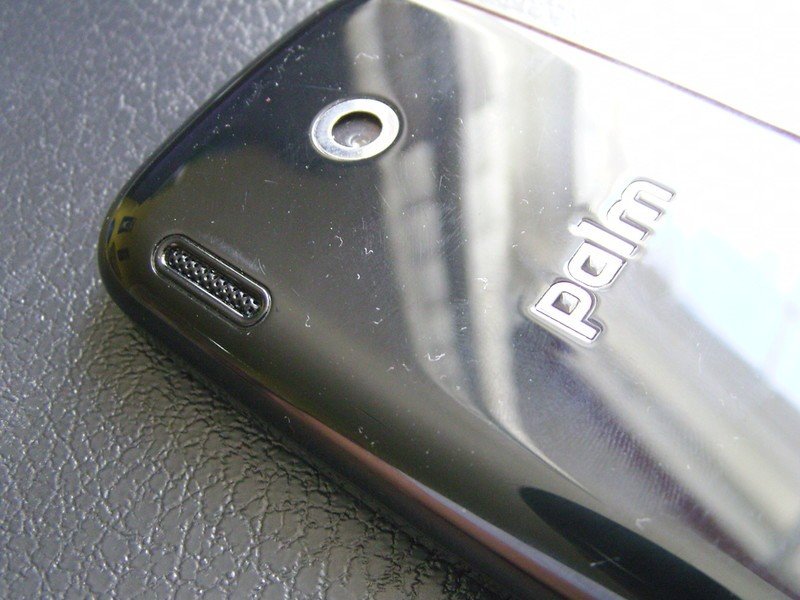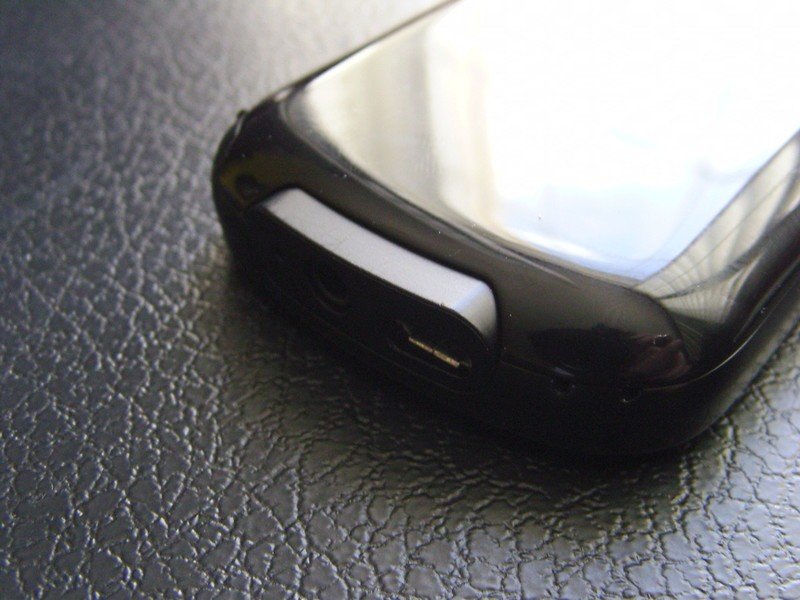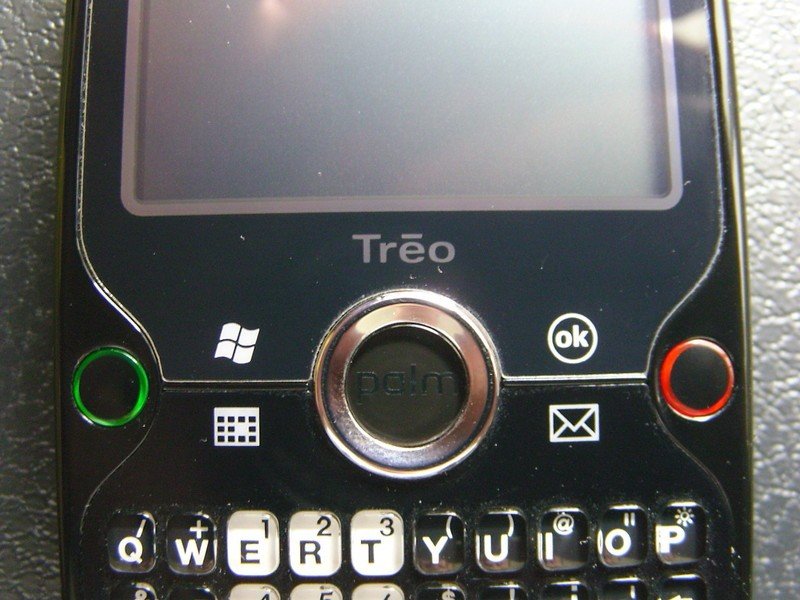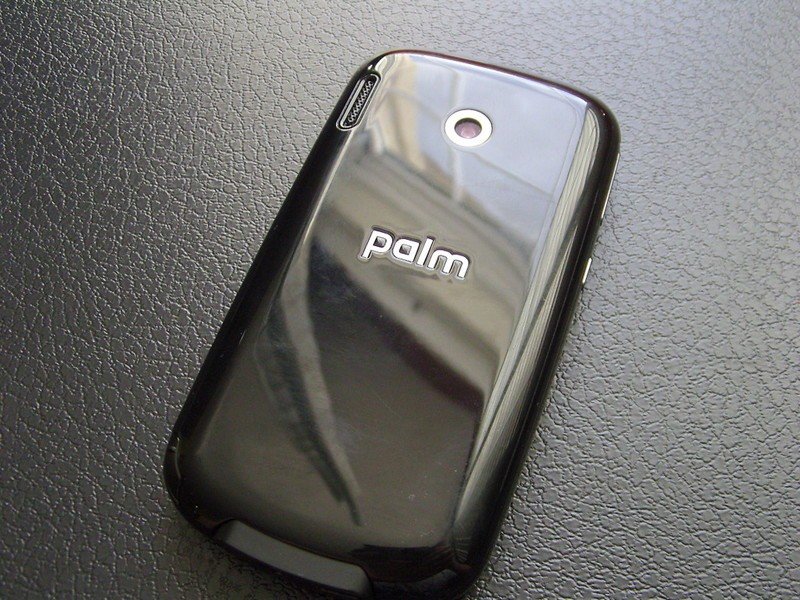Round Robin: Palm Treo Pro Review & Final Thoughts
Our time with the Palm Treo Pro has come to an end and that means the Smartphone Round Robin is over and we'll be back on the G1 in no time! Was it a learning experience? Did I have fun? Well, these are all questions I'll get into next week because we still have to talk us some Treo!
The Palm Treo Pro, as mentioned before, is a confused device—it's built by HTC, runs Windows Mobile, and branded a Treo by Palm. Is this a good thing? Or is this a case of too many chefs spoiling the broth? Is there an identity crisis with the device? Possibly a disconnect due to miscommunication?
Well, in short, no. The penultimate review of the Smartphone Round Robin isn't going to be that dramatic—the Palm Treo Pro is a great and very solid device. The form factor was well designed, the hardware buttons were very useful and Windows Mobile felt more at home. But how does it work for an Android user?
Read on for the full review of the Palm Treo Pro!
Also, This is an Official Round Robin Contest Post, Comment To Win a T-Mobile G1! – Details Here
Hardware
To kick things off with the hardware, the Palm Treo Pro is a great looking device. It is very much a modern device that captures the taste of the current generation's design—glossy, flush screen, attractive buttons—the Palm Treo Pro certainly looks better than any Palm before it and most current phones. Though it doesn't reach the iPhone or Bold level of sexiness, it's no more than a notch or two below.
During my time with the Palm Treo Pro, I became a huge fan of the form factor—it just seemed like the perfect size to make phone calls with. It was instantly pocketable, much more so than my G1, and I found it very easy to grip. But the size does come with limitations—the keyboard is a tight fit that teeters on the line of unusable. With the Palm Treo Pro I was using more of my fingernails to type than my thumbs and definitely encountered more mistakes with it than any other physical keyboard. Granted, I got used to the space limitations over time, I still could not be as effective as I was on the G1 or Bold.
Get the latest news from Android Central, your trusted companion in the world of Android
There are also a lot of nice touches on the Treo Pro—the speaker grille lays to the side of the device so it isn't covered when faced flat, a hardware wi-fi toggle switch for easy on/off, a 3.5 mm headphone jack thank you sir, and etc.
I had one minor, minor problem with the hardware and that dealt with the ports on the bottom, they just jut out a tad bit and it makes it a little bit odd to hold. It would've been a bit nicer if the ports were flush with the casing. Oh well, can't have it all. Other than that, solid and modern all around.
Usage
It looks like Palm is now focusing their efforts on a new Nova OS and even newer hardware making the Treo Pro effectively a stop gap device for Palm fans. But I didn't notice this one bit. I thought the Palm Treo Pro was a fine device that was carefully designed and ran a powerful OS.
But I guess I should make my confession here: I've never used a Palm device before. I mean I played around with a 650 for a few weeks and fiddled with a Centro here and there, but for the most part, my smartphone experience has been relatively Palm free. Chances are you guys aren't like me. Palm has an obvious soft spot in the hearts of many longtime smartphone users and to see the Treo brand become a part of another platform is definitely saddening. I suggest you go check out Dieter and Rene's thoughts to see how the Treo platform has come to this point.
I, on the other hand, will be looking at the Treo Pro through the relatively new Android-tinted glasses and guess what? I think the Palm Treo Pro is a fine, fine Windows Mobile device. For some odd reason, I felt instantly more comfortable with Windows Mobile on the Treo Pro than I ever did on the AT&T Fuze. It was like two completely different experiences. With the Palm Treo Pro there was no disconnect between TouchFLO 3D and Windows Mobile, it was just strictly Windows Mobile and I think that works a lot better.
I'm also going to admit that I found the stylus immensely useful for Windows Mobile. I'm not saying I particularly like using a stylus (I don't) and I definitely don't want it in Android but the way Windows Mobiles menus and UI are constructed, I think a stylus is necessary and after some time, definitely manageable. With that said, HTC should have included the magnetic stylus they put in the Fuze onto the Treo Pro.
And though I like the design of the 5-way on the Palm Treo Pro, I still think a trackball is a better implementation of non-touch direction. Wouldn't it be cool if the chrome rim around the 5-way could also scroll? The flush hardware buttons are a great touch because you get instant access to your most popular applications but they're not all created equal. The top two, Windows and OK button are much harder to press than the bottom two, Calendar and Mail.
As you can see, the Treo Pro hardware is impressive--there is very little to complain about. But in the end Windows Mobile is still Windows Mobile, I wrote about it at length and how it compares with Android in the Fuze Usage Review. No need to toot that horn again. Just know it's not for me and probably never will be for me, I'm just not the type to be tinkering away at memory management and so on.
Skyfire was pretty cool. Really cool in fact. But when it comes down to it, I'm still not comfortable with proxy browsers so I'm not excited about Skyfire in the sense of the application itself but rather I'm excited to get that type of browsing experience on Android natively.
Palm is like..
Since it seems like some of us are trying something new in this last round of the Smartphone Round Robin, I'm going to try to make an analogy (a la Dieterstyles) about Palm and where it stands in the smartphone industry. Let me know if I am completely off base too.
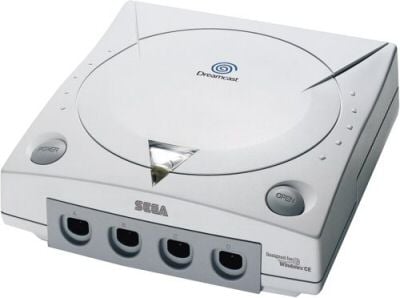
I think Palm is in a similar position to Sega. Everybody remembers Sega right? Sega Genesis, Saturn, Dreamcast, Game Gear. Back in the day when the gaming industry was only a two company race between Sega and Nintendo, they were relative equals. Regardless of who was better, Sega pioneered some true innovation in the industry and helped shape what video games and its consoles are today.
So what happened to Sega consoles? Well, sadly, they pulled out of the hardware market after the Dreamcast. Sega decided that in order to survive in an uber-competitive market they would focus on software only. Even though they were responsible for creating the industry, they couldn't pour in the manpower or money to create as innovative and compelling hardware again. They simply didn't have as staunch a fanbase as Nintendo or as large and powerful a company as Sony or Microsoft to entrench themselves in money-bleeding competition. They made the tough decision to abandon hardware and focus on software, and after some trying times, they succeeded in making the switch.
Doesn't that situation sound eerily similar to what's happening now in the smartphone industry? For starter's sake: Palm = Sega, Blackberry = Nintendo, Apple iPhone = Sony Playstation, and Google Android = Microsoft Xbox. (I guess that makes Windows Mobile, PC Gaming?)
Palm was a pioneer in the smartphone industry and holds a soft spot among its many fans. They also pushed a lot of great innovation in smartphone hardware and software and are largely responsible for creating what smartphones are today.
A few years back you couldn't honestly tell me which was a better smartphone—Palm or Blackberry—much like Sega and Nintendo were relative equals at first. Not until Apple (Sony) jumped in the smartphone market did we realize how far behind and how out of their league Palm (Sega) really is/was. With Google following suit (Microsoft Xbox) and dedicating themselves to the mobile industry, the sheer power of these companies who want a part of the smartphone market will simply overwhelm a company like Palm. Blackberry is fine, much like Nintendo, because of their cult-like fan following. But Palm is at risk. Should they focus strictly on software? What about only making hardware and then using Android or Windows Mobile for software? Should they re-evaluate how they are going to effectively compete against the likes of Apple and Google?
But I hope they don't give up too soon like Sega did. Many Sega fans think that the Dreamcast could have been successful and I'm sure many more Palm fans will think the same of Nova. We'll soon see if Nova can capture that same amount of innovation and re-capture a segment of the market soon enough. It's never fun when a pioneer is forced to bow out of the race. As flawed as my analogy may be, let's hope Palm proves me completely wrong.
Round Robin Must Do's
1. Use their assigned smartphone as their "main brain" and may not use any other smartphone OR music device (such as an iPod) for one full week.
As I stated before, Windows Mobile was much easier to use on the Palm Treo Pro. This might be because I'm now a bit more familiar with Windows Mobile so I knew what to expect, but I'm also sure that the lack of TouchFLO 3D is a good thing.
2. Get their PIM data onto their phone. Ideally they will 'Sync with the Cloud," but a computer sync is ok too.
I used NuevaSync to get over my Google Contacts and Calendar over because I didn't need to download anything onto the device and could just use ActiveSync to get everything done.
3. Get up their email on the smartphone
I got my Gmail onto the Palm Treo Pro fairly easily. I'm a big fan of the dedicated E-mail button, I found myself launching applications from this quite often.
4. Use their smartphone to get directions at least once.
I'm smitten with turn-by-turn directions. Android needs this soon.
5. Use their smartphone with a bluetooth headset.
It's easy enough to pair. I should have invested in some wireless Bluetooth headsets to see what the quality is like.
6. Install at least 2 3rd-party apps (if possible) on their smartphone.
I went with two browsers: Skyfire and Opera Mobile. Skyfire is really cool to use, it gives you a true desktop-esque browsing experience and it's relatively speedy.
7. Play a game
I played Bubble Breaker and having a stylus for that makes it easier and definitely a lot more accurate.
8. Browse the internet
Unlike the Fuze, the Palm Treo Pro didn't come with as many third party applications. I had to go and download a new browser because that excuse of a browser called Internet Explorer was truly abysmal. Luckily, Opera Mobile and Skyfire can both get it done.
9. Add music to their smartphone and use it as their music device.
I didn't buy MissingSync to link the Fuze with my Mac but if I was to use Windows Mobile full time, I've heard nothing but good things from it. For the time being, I was completely music less.
10. Watch a video on their device.
Skyfire made a lot of the videos on the web viewable. Videos even automatically started playing when I went to ESPN.com.

